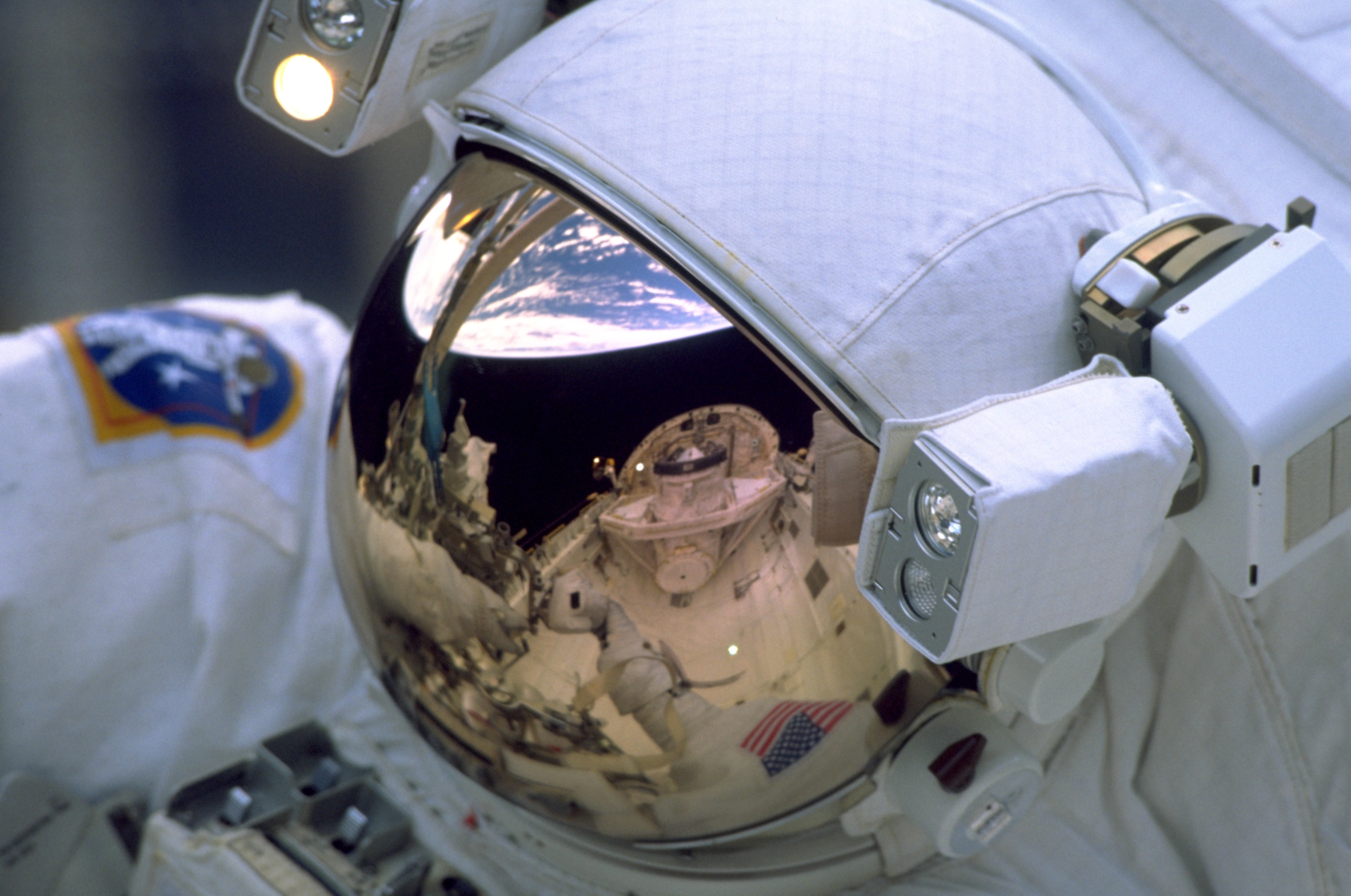
Imagine a Mach-20 aircraft capable of flying coast to coast in less time than it takes a passenger to clear security; now imagine the jet lag to follow. If the idea still sounds appealing, bear in mind that the most recent attempt at such a plane flew right out of its own skin before ditching into the Pacific.
Welcome to the world of hypersonic flight.
Of course, that was a military weapons platform; contrary to what some aircraft manufacturers’ flacks would have us believe, passenger planes are likely to remain subsonic or supersonic for the foreseeable future – and for good reason.
Could You Commute From New York to Los Angeles in 12 Minutes?


